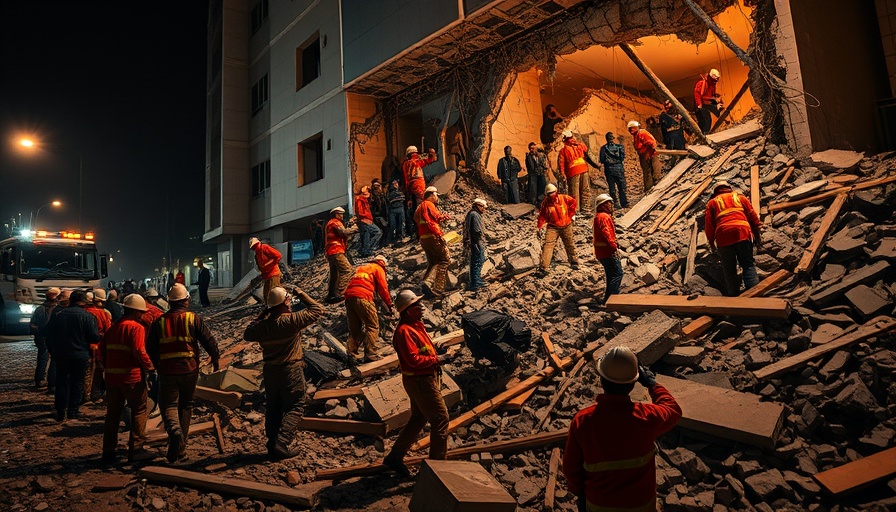
A Tragic Toll: Understanding the Myanmar Earthquake
In recent days, Myanmar has been shaken to its core by a devastating earthquake that has claimed the lives of over 1,700 people. This natural disaster highlights not only the brutal forces of nature but also the resilience of communities in the face of adversity. Seismic activity in the region is not uncommon, but the magnitude of this tremor illustrates the urgent need for preparedness and response strategies in countries like Myanmar, which are often ill-equipped to handle such tragedies.
The Broader Impact: Natural Disasters and Vulnerable Populations
When natural disasters strike, it is often the most vulnerable populations that bear the brunt of the impact. In Myanmar, a country already grappling with political instability and economic challenges, the earthquake has exacerbated existing vulnerabilities. Humanitarian aid and international assistance become paramount in these situations. As we witness global leaders mobilizing aid, questions arise regarding the effectiveness and timeliness of the response—a crucial factor in mitigating the aftermath of such disasters.
Health Crisis on the Horizon: Fighting STDs on Indian Reservations
Amid the news from Myanmar, another story unfolds within the borders of the United States that deserves equal attention; the alarming rise of sexually transmitted diseases (STDs) among Native American populations on reservations. Uniting communities in health initiatives, local health organizations champion the need for education and resources to combat this crisis effectively. The lack of access to healthcare exacerbates the problem, making it imperative for national news agencies to highlight these issues and pursue equitable healthcare solutions nationwide.
The Role of National News: Bridging Local Issues with Global Awareness
As national news outlets cover stories such as the Myanmar earthquake and health issues on Native American reservations, the role of journalism becomes even more critical. The juxtaposition of these events serves as a reminder of our interconnected world—demonstrating how a disaster overseas can stir compassion and action at home. It is in the public interest for news organizations to not only report the stories but also drive awareness and foster dialogue about solutions that address the root causes of these issues.
Looking Ahead: Future of Global and Local News Coverage
As we consider the events of March 30th, the need for comprehensive and sensitive news coverage becomes paramount. The balance of reporting local tragedies alongside international disasters provides a broader context that is necessary to understand our world today. With evolving digital platforms, news organizations can reach wider audiences and engage communities in support and action.
Conclusion: Taking Action in Response to Today's News
Today’s news serves as a call to action for all of us. Whether addressing the immediate needs of those affected by the Myanmar earthquake or tackling rising STD rates on American reservations, our collective awareness and response can foster change. Let’s engage with our communities, advocate for those without a voice, and support initiatives that address these critical issues. Stay informed, share this information, and encourage discussions that can lead to actionable solutions.
 Add Element
Add Element  Add Row
Add Row 



 Add Row
Add Row  Add
Add 


Write A Comment